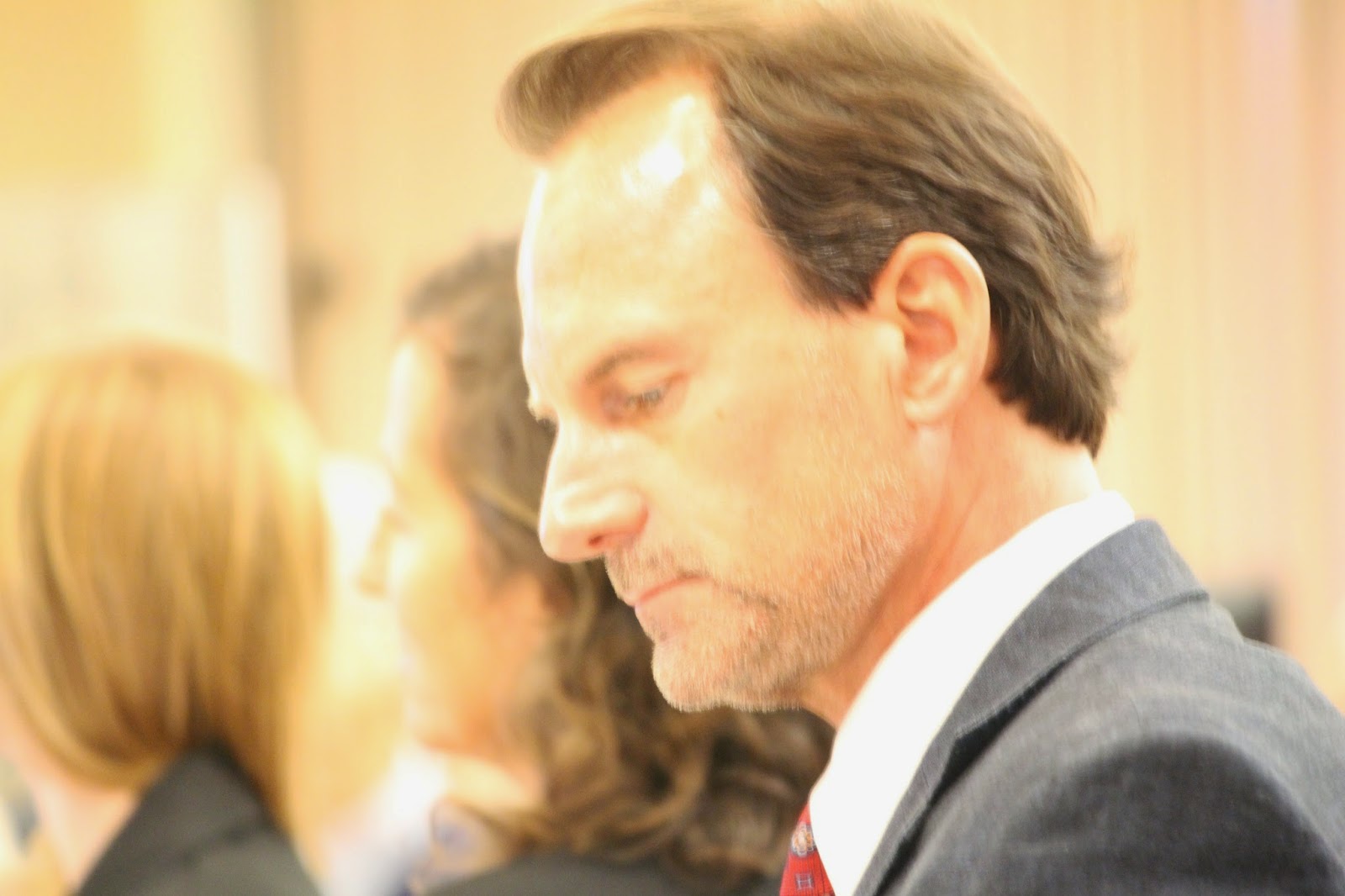Marin Voice: Voters want leaders to limit growth in Marin
In spite of spirited arguing on both sides of the housing density issue, Marin voters speak with a remarkably singular voice: limit growth or you will not win election here.
There is a saying in basketball that the "ball don't lie." In Marin, the ballot box does not lie either.
For two years we elected nearly every conservationist candidate opposed to Marin implementing Plan Bay Area's housing politics.
At the same time, candidates closely associated with housing advocacy lost.
Highest-profile example: Damon Connolly's stunning landslide over incumbent county supervisor Susan Adams, who promoted a Marinwood development with unpopular density.
In contrast, Connolly, as San Rafael councilman, voted to rescind the Civic Center Priority Development Area (PDA).
Historically, it is difficult to defeat an incumbent; so it was especially stunning that voters booted Adams out of office by a margin of 20 percent.
Another candidate rescinding that PDA, Kate Colin, easily won election to the San Rafael City Council. Also winning was Maribeth Bushey who went even further: The IJ reported her call to rescind both planned PDAs including downtown San Rafael. The two losing candidates included Greg Brockbank, one of the pro-development platform's strongest advocates. (I also lost that election.)
Newcomer Jill Hoffman defeated incumbent Sausalito Councilman Jonathan Leone, following her declaration that she was no fan of the proposed Easterby Street high-density housing plan. In fact, Hoffman outpolled both incumbents, and joined conservationist Linda Pfeifer on the council.
David Kunhardt had a great shot at the Corte Madera Town Council — four candidates for three seats. Only one person could lose. But Kunhardt advocated more homes and higher densities.
In Marin, that is like saying, "Please don't elect me."
Kunhardt's three opponents each voted to withdraw Corte Madera from the Association of Bay Area Governments, which sets state housing quotas. Local voters voted all three incumbents back into office. Kunhardt, who dismissed ABAG opponents as "paranoid," was the only one to lose that election.
In Marinwood, site of Adams' last stand, voters swept Justin Kai, Deana Dearborn and Bill Shea onto the community services district board. Kai was high-profile in his platform of preventing the contested Marinwood development.
The 2014 election for Marin Municipal Water District was not housing-focused, though water shortages are a housing issue.
Conservationist Larry Bragman, with Sierra Club endorsement and cautioning against over-development, defeated Liza Crosse who was District 3's appointed representative.
As Crosse faced election for the first time, voters seemed gravely concerned that she had been administrative aide to county Supervisor Steve Kinsey, arguably one of the most vocal proponents of increasing Marin's population. Perhaps by association, Crosse lost.
Did the pro-development pro-ABAG social-equity coalition have any notable wins these past two years?
I think I covered most or all contests.
I find only one outright win against a clear conservationist candidate. That winner was Supervisor Judy Arnold, who faced opponent Toni Shroyer, making her first run for public office.
Arnold supported the county's housing element. Shroyer was clear in her opposition. Arnold had eight years of incumbency, powerful pension-based unions, money from Sacramento and Washington D.C., construction, iron workers, developers and carpenters — a 2:1 spending advantage and there was a last-minute hit piece defaming Shroyer.
With all that firepower, Arnold squeaked by with a razor-thin 215-vote margin.
That was the sum of victory for the housing side. Conservationist candidates won nearly all other county and local elections in 2013 and 2014.
Spin as you will, this is where Marin's voting majority stands on housing and preservation. The ball don't lie.
Randy Warren is a San Rafael attorney and was a candidate for San Rafael City Council in 2013.
 |
| The "American Dream" is alive and well in Marin County |























